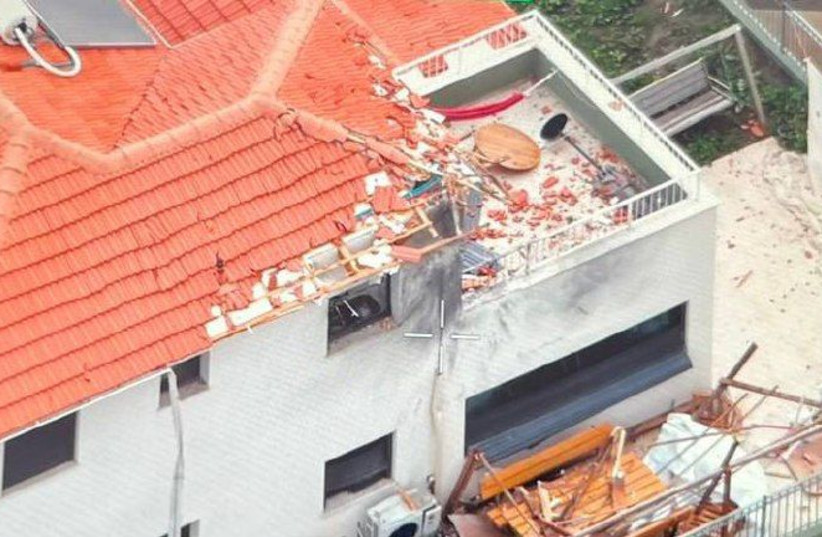What does Hezbollah hope to achieve with its war of attrition?
This week, just like the last few weeks, Hezbollah continued its attacks. The Iranian-backed terrorist group knows that it must keep up the pressure because Iran is closely monitoring the Gaza front and other fronts.
Hezbollah launched unprovoked attacks on Israel on October 8, helping Hamas in its war. It continued them because it cannot be seen to be abandoning Hamas, putting it in a complex bind: holding up its end of the bargain dictates its tempo of attacks.
This is a big shift from when Hezbollah was its own terrorist group and an Iranian proxy, the senior partner of any other proxy. But now, the others are growing. The Houthis have taken control of parts of the Red Sea, the Iraqi militias are growing stronger and threatening US troops and Israel. Hezbollah works with Iran’s Islamic Revolutionary Guards Corps, but since October 8, it has seen its independent choices curtailed and bookended by the Gaza war.
Hezbollah’s expectations
The question arises: Did Hezbollah expect a long war of attrition? It is clear that war is not in Israel’s interest – but it is in Hezbollah’s? However, the organization has become so strong in Lebanon in the last decade that it is not too big to fail. Thus, it has to continue to show that it can hold up its end of the attacks; it can’t slack off.
This is why, every day, Hezbollah tries to show that it is doing something, trying to alternate the sectors it attacks and increase and decrease the tempo of attacks, as well as the mix of rockets, missiles, and drones it uses. On Wednesday, it claimed to have carried out a number of attacks on various sites. It claimed it targeted IDF soldiers in one site it called “Matla” and then claimed that it “targeted a gathering of occupation soldiers around the ‘Al-Raheb’ site, the ‘Ruwaisat Al-Qarn’ sites, and the ‘Zabdin’ barracks, in the occupied Lebanese Shebaa Farms, with rocket weapons, and achieved direct hits,” according to pro-Iran Al-Mayadeen.

One of the network’s journalists claimed to confirm a Hezbollah attack targeting Metulla in northern Israel. Hezbollah also claimed it targeted Shtula and Arab el-Aramsha, two other villages on the northern border. Shtula has been evacuated, but Arab el-Aramsha, a Bedouin Arab village, has not.
The IDF carried out airstrikes and artillery shelling in Lebanon in response to the attacks, and Al-Mayadeen reported that “The Lebanese Ministry of Health confirmed the death of a martyr, in a preliminary toll from the Israeli raid on the town of Mays al-Jabal.” Hezbollah published a photo of one of its members who it said was “martyred on the road to Jerusalem,” the term used for Hezbollah members who have fallen in the last 11 months of clashes. The tally is above 400 now.
As it continues to rise, the group must be asking itself what comes next. Will the fighting expand, and if so is that in Hezbollah’s interests? Or is a ceasefire in Gaza more in Hezbollah’s interests so it can catch its breath after eleven months of war?
Hezbollah has achieved much in its war by forcing 60,000 Israelis to evacuate the border. It is unclear what Hezbollah hopes to achieve at the moment. The war of attrition in the North does not appear to benefit either Israel, Lebanon, or even Hezbollah at that. However, it does benefit Iran and it may benefit Hamas.
However, it’s not clear how many more casualties Hezbollah wants to lose just to further Hamas’s ambitions.





Comments are closed.